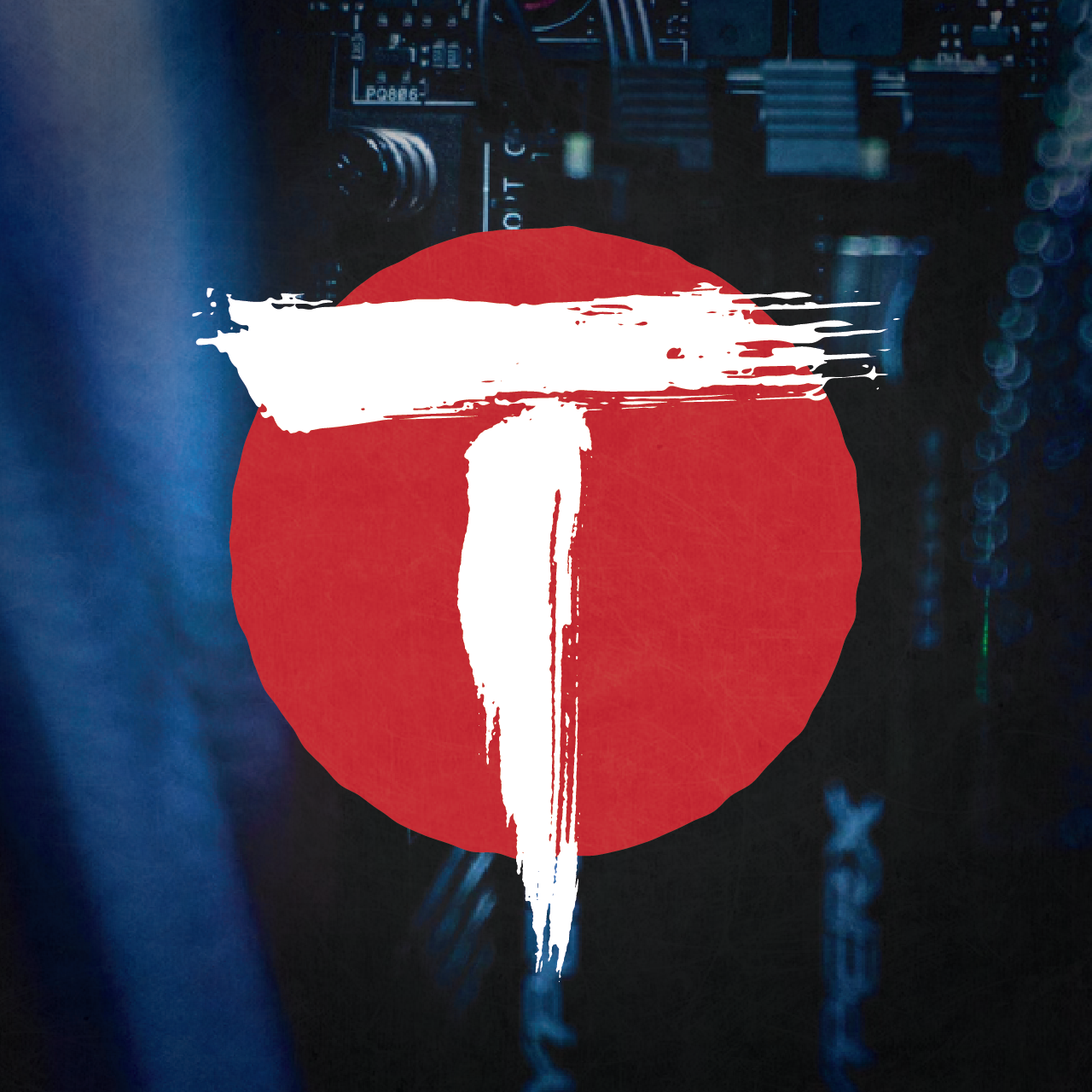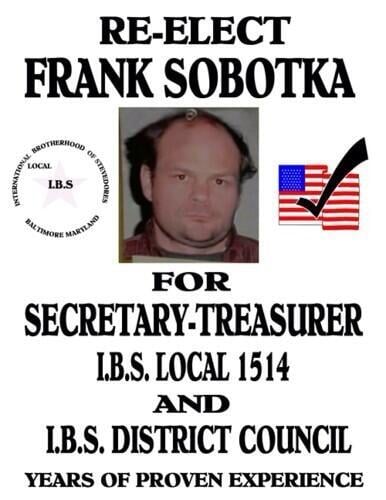The most cost-effective way will always be a pair of glasses.
I’m too poor and cowardly to have a laser fix my eyes.
Glasses usually have obscene markups. Imo, the most cost effective way is often lasik (or similar), but it’s an up front cost.
I think I paid 4k usd for both eyes, but that was something like 10 years ago and with no assistance from insurance.
I still get an eye exam every few years just to make sure everything is okay, but I am expecting another 10 years before I need too start thinking about vision correction again. Also, I’m fairly certain the provider that performed my lasik offered a warranty and would perform additional corrections as I age, but I don’t live anywhere near the location anymore.
When I compare that to the combined cost of insurance, exams, glasses, contacts, and prescription sunglasses that my wife pays… lasik was a significant cost savings for me (and that’s not counting any quality of life benefits).
I pay $100 for my eye exam and $150 for my glasses every couple years.
It would take 30+ years for that cost to reach the Lasik levels you paid, and that’s assuming I’m not doing anything with the $3750 remaining after the first appointment.
And 30 years after LASIK, you’d be incredibly lucky if your eyes hadn’t gotten worse to the point you’d need glasses anyway.
I don’t see how lasik could possibly be a cost savings. I’ve gotten fairly nice glasses for $150 without insurance. I’ve gotten glasses for less than that with insurance.
One pair of glasses can last a long time if you take care of them (and if your eyes don’t get worse).
LASIK isn’t a permanent solution and eventually you’ll need glasses again.
A pair of glasses would have cost me about 350 euros every 3 years. Eye surgery cost me 980 euros and I should not require glasses for at least 20. So surgery has saved me at least 1350 euros. Failing at calculations like that is one more way for the poor to stay poor.
Doesn’t translate with Asian countries. Glasses are dirt cheap whereas lasik operations are pretty expensive af.
Your last sentence is an example of the Boots Theory
The reason that the rich were so rich, Vimes reasoned, was because they managed to spend less money. Take boots, for example. … A really good pair of leather boots cost fifty dollars. But an affordable pair of boots, which were sort of OK for a season or two and then leaked like hell when the cardboard gave out, cost about ten dollars. … But the thing was that good boots lasted for years and years. A man who could afford fifty dollars had a pair of boots that’d still be keeping his feet dry in ten years’ time, while a poor man who could only afford cheap boots would have spent a hundred dollars on boots in the same time and would still have wet feet.
I had issues with dry eyes and wasn’t a good option for lasik, so I had EVO Visian Implantable Collamer Lens surgery 2 years ago. Was $3500 per eye so $7000 total.
It’s not very well known. I had to ask for it specifically and even the receptionist thought I meant lasik until I clarified where it was listed on their own website.
It’s similar to cataract surgery but instead of removing your lens and replacing it; they just add a second one with your prescription in front of it. Basically it’s a permanent contact.
They slice a very small incision, slide in the folded lens, and then smooth it out. Takes 20-30 minutes. Doesn’t remove any tissue from the eye like other procedures or leave a flap. It can be reversed by removing the lens in another procedure, and can be redone in the future if your prescription changes a lot. They can also correct an astigmatism using these lenses.
After surgery, I wore eye shields at night for a week, and had to do the same eye drop protocol that is done after cataract surgery. 3 bottle of drops, 3-4 times a day for around 21 days. They had a single bottle option that combined all the meds which would’ve been only 1 drop 3-4 times a day, but it was $200. So I filled the 3 bottles at the pharmacy for a total of $30 instead.
Vision was perfect right after surgery. Eyes felt mildly dry for maybe 2-3 days but that could’ve been some of the drops.
So happy to not spend $800+ per year on contacts and solution, or worrying about losing a contact while swimming. I would do it again if it’s ever needed.
I had the same surgery for $7600 a year ago.
My glasses prescription was really strong, and my corneas are really thin, so LASIK wasn’t an option for me.
Anyone considering this surgery should research the side effects and risks (there are some meta-papers in medical journals that go over these items).
I experienced all of the visual artifacts below in the days/weeks after my surgery. At first they were very bad/noticeable.
After a couple of weeks, the only major issue was still getting halos. (Occasionally I also get the ghosting like in the Netflix image especially if my eyes are very tired).
Those have gradually diminished over the last year, and 99.9% of the time, I don’t even notice that I have the lenses in.
Night driving is a bit more annoying because I still get a lot of halos there, but it’s manageable, and my brain is better at filtering them out.
Overall getting this surgery was one of the best decisions I’ve ever made. I see better than 20/20, and no longer have to wear glasses/contacts. But I’m saying (to anyone reading this and considering it), go into it with the expectation of some risk (e.g. could cause early cataracts), and give your body time to recover from the surgery and your brain time to adapt & filter out the halos.
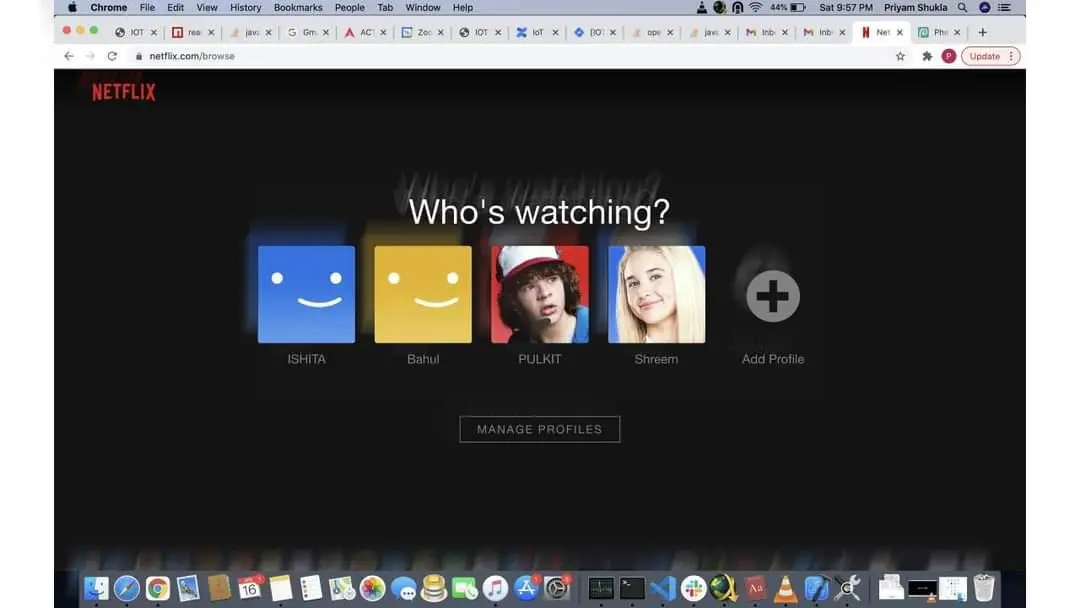
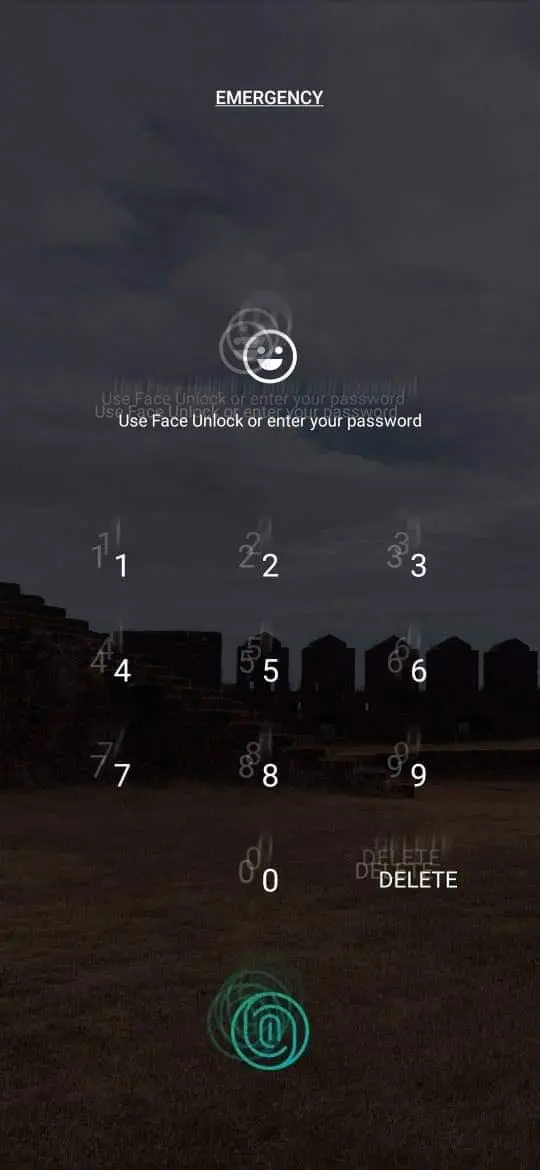
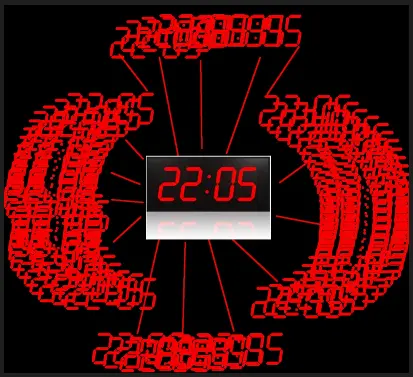
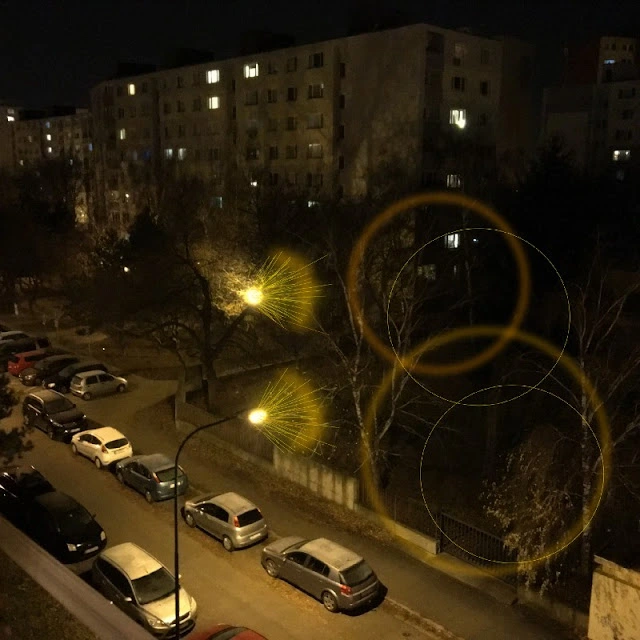
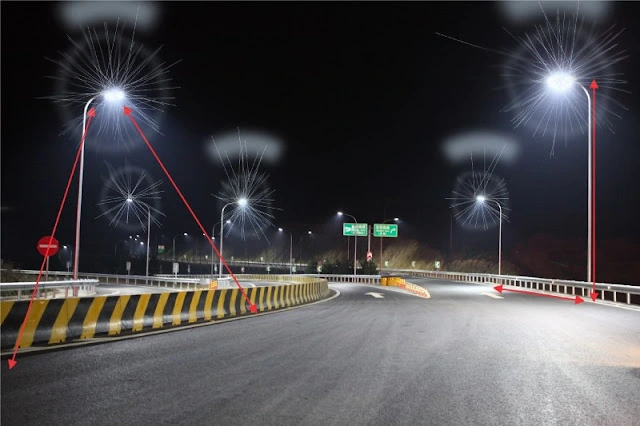
My focus distance is around one meter, I can’t really tell whatever happens above it.
If there’s some service to fix it, I’d love to.
Look into getting a LASIK consultation, they will take some measurements and tell you if you’re a candidate. I’ve got some experience with this and I’ve had it done myself, feel free to ask questions.
There’s LASIK. It’s been around since 1989. The downside is that the procedure only lasts about 15 years from what I’ve seen – people who got it have to start wearing glasses again after that time.
Lasik didn’t get FDA approval until 1996.
Before that, it was radial keratotomy.
I got mine in 1986 and it was effective until 2015 when I started to need bifocals.
I consider it a success.
That’s interesting, yours lasted way longer than the people I’ve talked to. I wonder if the procedure was any different.




